What is Sustainable Product Design?
What is Sustainable Product Design?
Sustainability has become one of the defining challenges of our time. From the climate crisis to dwindling resources, it’s impossible to separate the act of designing products from their impact on the world around us. But what does sustainable product design actually mean? And how can designers move beyond buzzwords to create genuinely responsible, regenerative products?
At its core, sustainable product design is about designing with consequence. It means thinking not just about what a product does, but what it demands, of materials, people, and ecosystems, throughout its lifecycle. It’s about creating things that serve human needs without compromising the planet’s ability to meet its own.
Designing Beyond the Object
Traditional product design often stops at the point of sale. Once an object leaves the shelf, its story ends in the designer’s mind. But in sustainable design, that story stretches much further.
A sustainably designed product considers its entire journey:
- Extraction: Where do the materials come from, and how are they sourced?
- Production: What energy, water, and human labour are required to make it?
- Use: How long will it last, and can it adapt to changing needs?
- End of life: What happens when it’s no longer useful? Can it be repaired, recycled, or safely returned to nature?
This lifecycle thinking transforms a linear economy, make, use, dispose, into a circular one. Products are designed for longevity, reuse, or reinvention, not obsolescence.

The Principles of Sustainable Product Design
Sustainable product design isn’t a single methodology. It’s a mindset underpinned by a set of guiding principles. While these can vary across disciplines, a few foundations stand out:
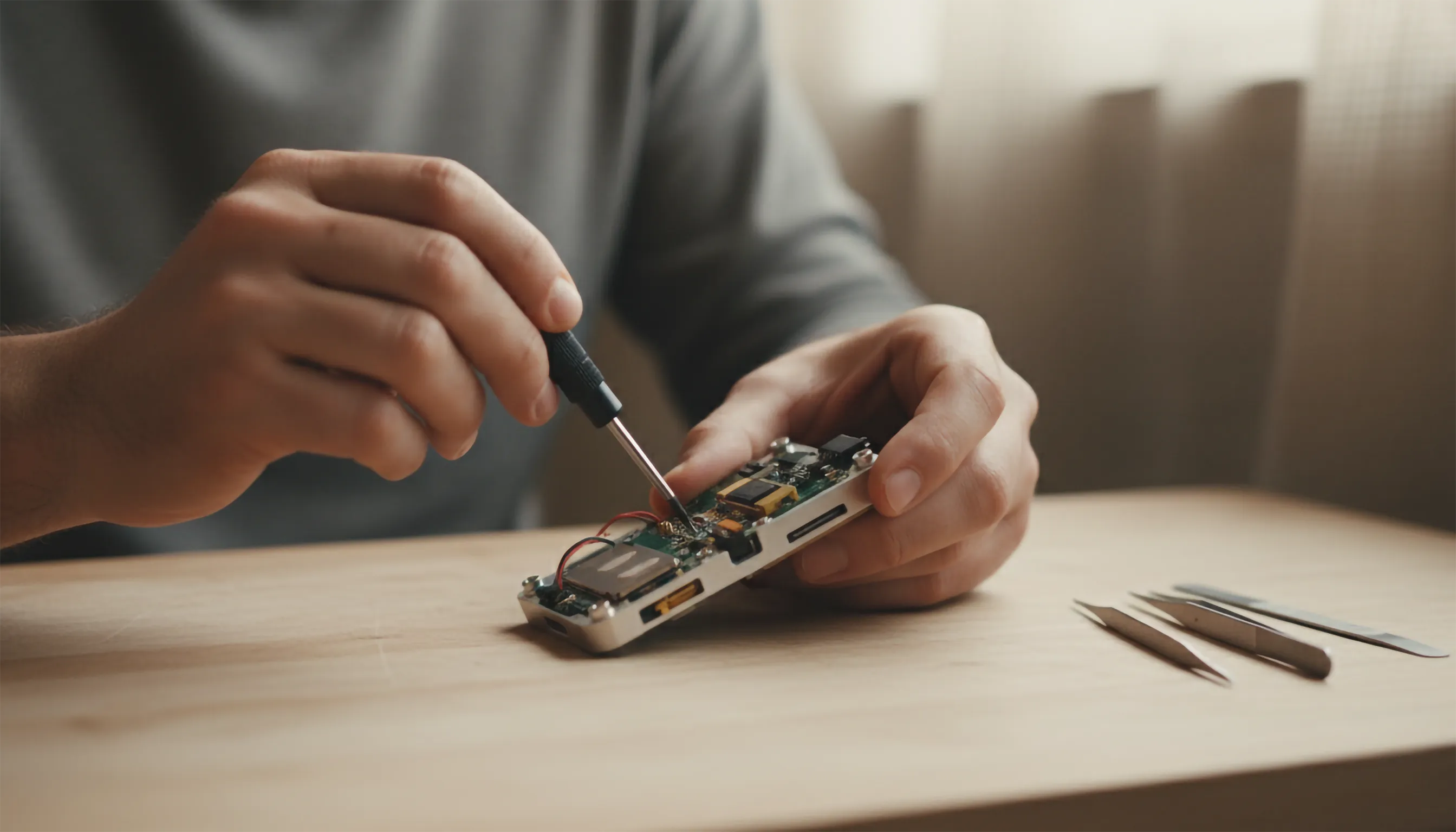
1. Design for Longevity
Durability is one of the simplest and most powerful forms of sustainability. When products are built to last, physically and emotionally, they reduce the need for replacements and cut down on waste. This can mean:
- Choosing high-quality, repairable materials.
- Avoiding short-lived trends in favour of timeless design.
- Creating modular systems that evolve with users over time.
- The longevity principle doesn’t mean products should last forever; it means they should last as long as they’re needed.
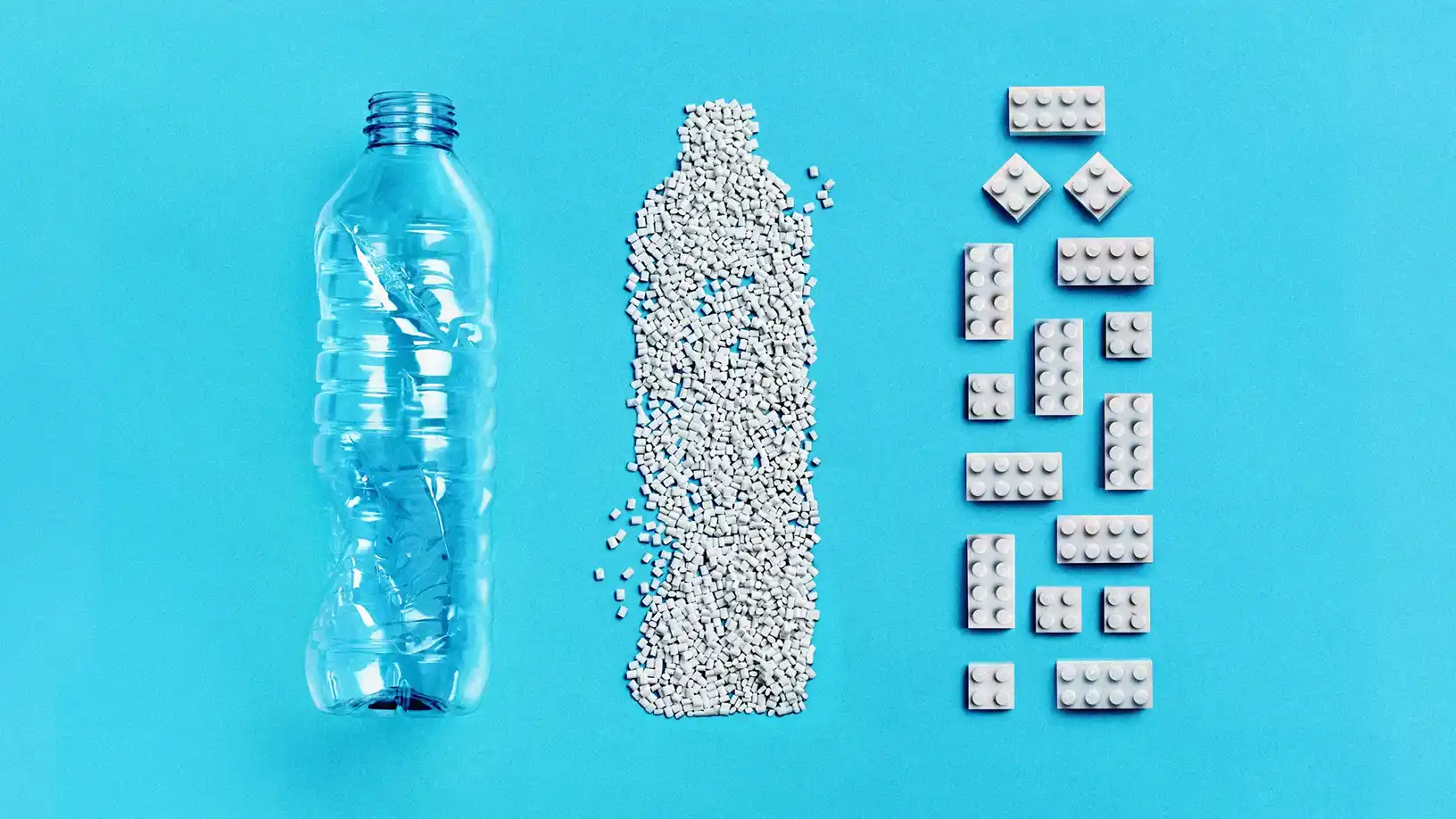
2. Design for Circularity
Circular design aims to eliminate the concept of waste entirely. Every material and component is seen as part of a continuous loop, not a one-way ticket to landfill. This approach draws inspiration from natural systems, where everything feeds back into something else.
Circularity in practice might look like:
- Using recycled or renewable materials.
- Designing products that can be easily disassembled and recycled.
- Creating take-back or repair programmes to keep materials in circulation.
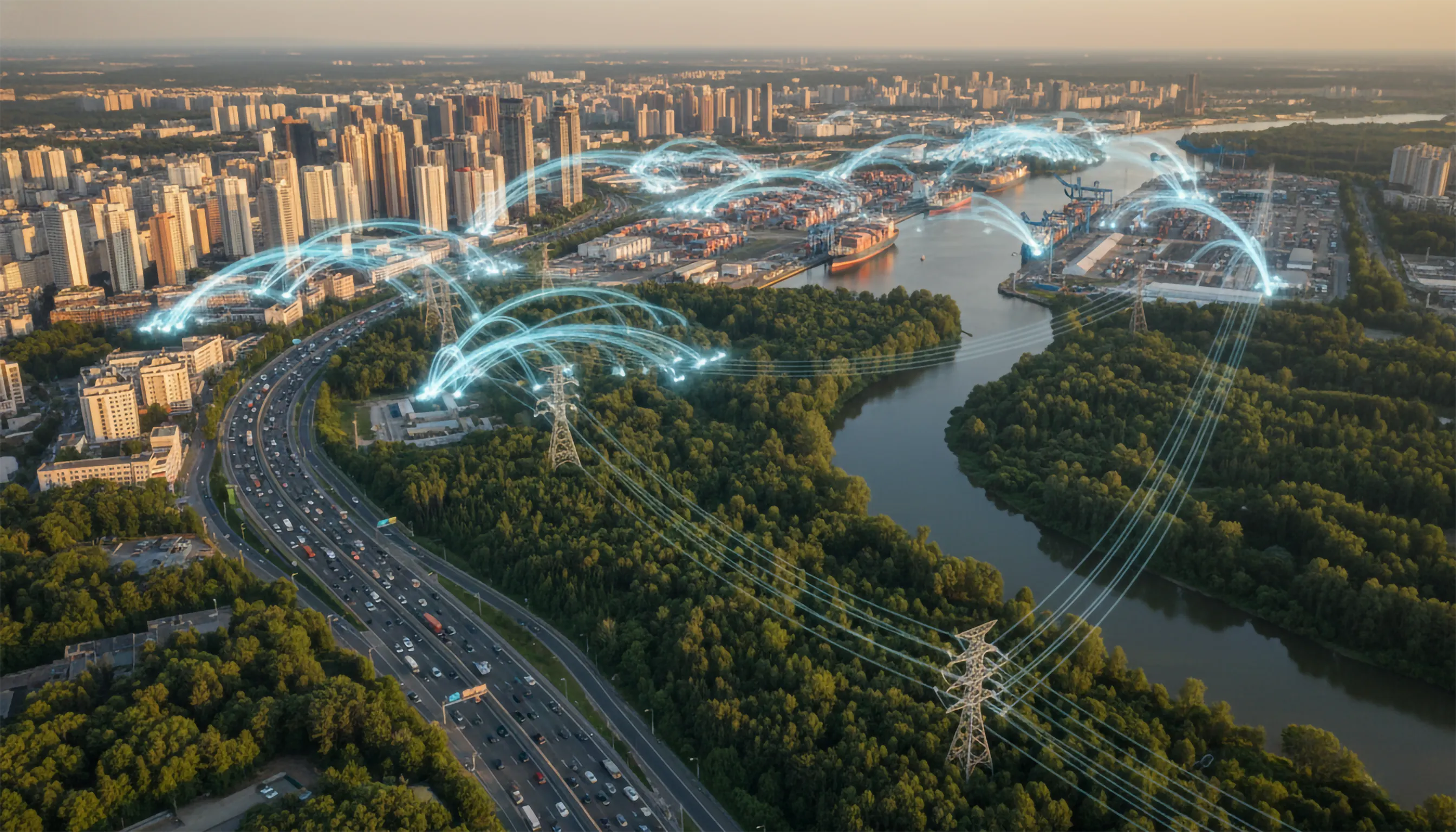
3. Design for Systems, Not Silos
Sustainability can be viewed as a systems problem. Every product sits within a larger network of users, suppliers, logistics, and waste streams. Sustainable designers zoom out to understand these interdependencies.
For example, a biodegradable packaging material isn’t sustainable if it can’t decompose in the local waste system. True sustainability requires aligning product design with infrastructure, policy, and behaviour.
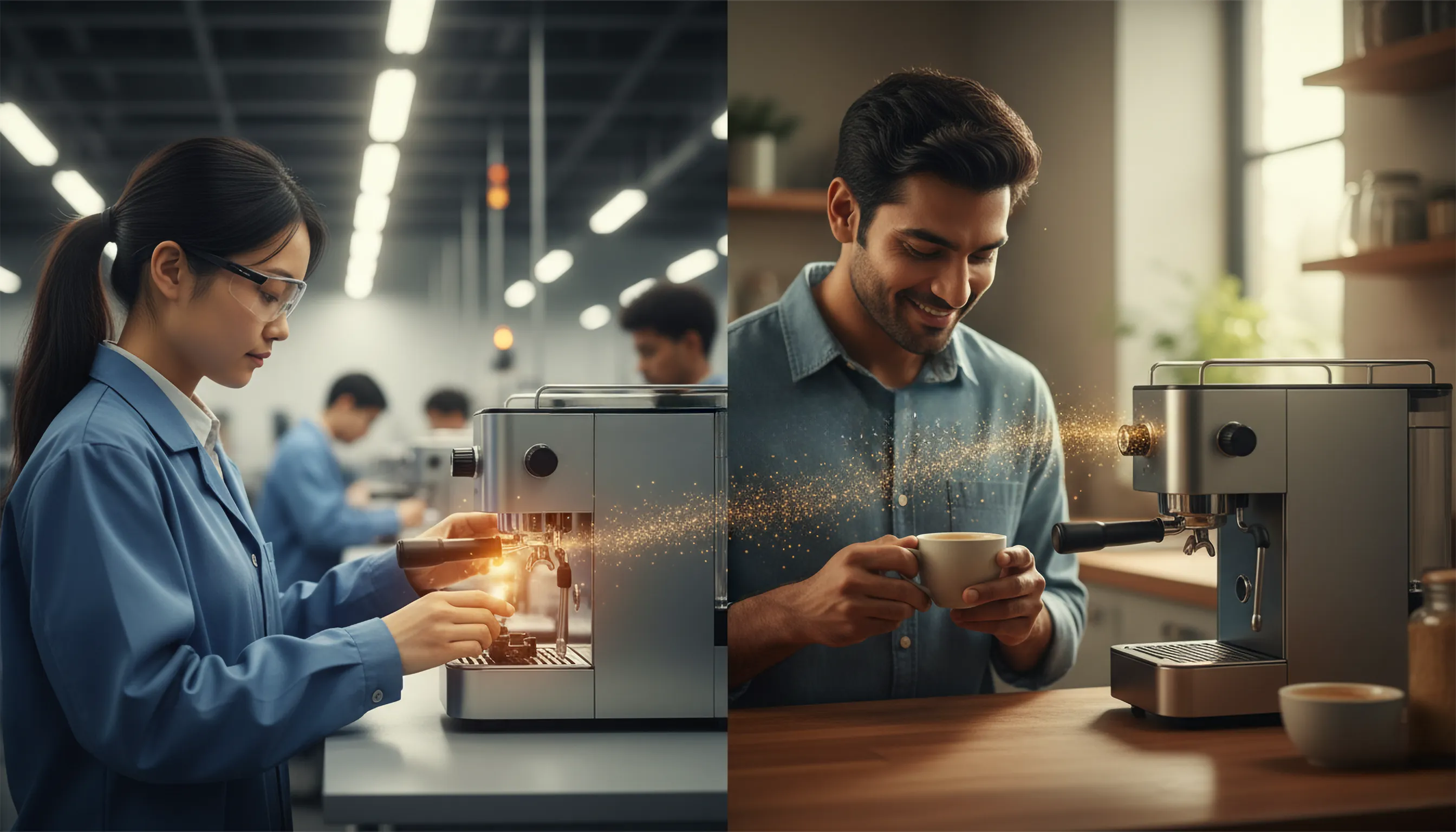
4. Design for Equity
The social dimension of sustainability is often overlooked. Who benefits from a product and who bears its costs? Ethical sourcing, fair labour, and community impact are integral parts of sustainable design.
Sustainable product design, in this sense, isn’t just about doing less harm. It’s about designing for justice, ensuring that the people who make and use products are treated with dignity and fairness.
From Eco-Efficiency to Regeneration
For years, the sustainability conversation centred on efficiency, reducing emissions, using less water, cutting waste. While vital, this approach only slows the rate of damage. The next frontier is regenerative design, creating systems and products that actively restore the planet.
Regenerative design asks: How can a product contribute to renewal? Could it purify water, capture carbon, or support biodiversity? It’s a mindset shift from minimising impact to creating positive impact.
Some emerging examples:
- Footwear brands experimenting with algae-based soles that absorb carbon as they grow.
- Furniture companies using mycelium (mushroom roots) to grow packaging that composts harmlessly.
- Tech firms designing hardware that’s fully modular, drastically extending its life cycle.
The Role of Designers in Shaping Sustainable Futures
Designers hold unique power in the sustainability transition. Every material choice, every manufacturing partner, every product feature carries environmental and social consequences. But with that power comes responsibility.
To design sustainably, designers must act as:
- Strategists: Understanding the broader systems a product touches.
- Collaborators: Working with engineers, material scientists, and policy experts.
- Educators: Helping consumers understand and value sustainability.
- Advocates: Challenging unsustainable norms within organisations.
In other words, the role of the designer is expanding, from creating objects to shaping systems.
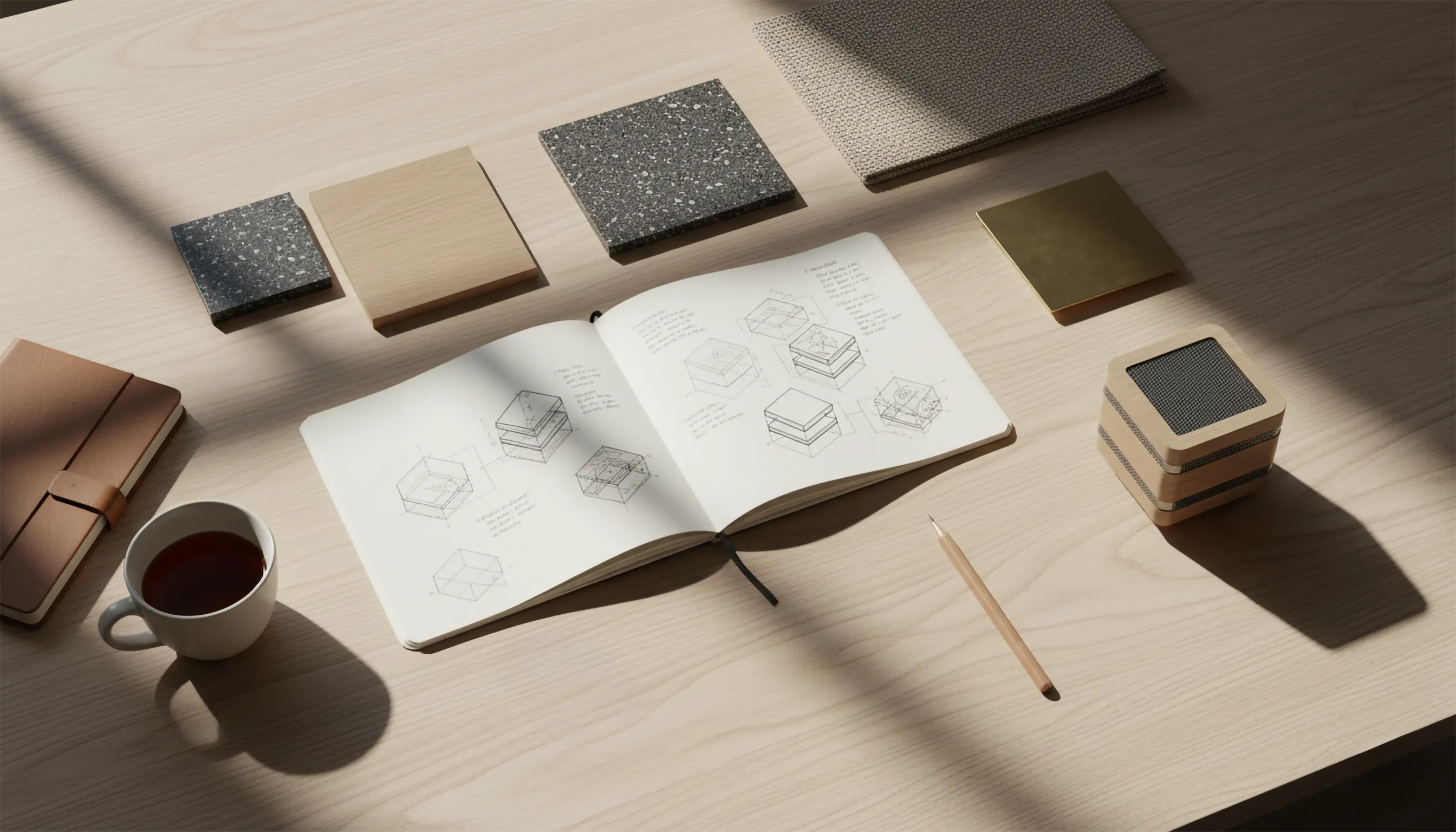
The Business Case for Sustainability
Sustainable design isn’t just good ethics; it’s good business. Companies that embed sustainability into their products and processes are finding:
- Cost efficiencies through material reuse and waste reduction.
- Brand differentiation as consumers demand more responsible products.
- Regulatory resilience as governments tighten environmental standards.
- Talent attraction as designers increasingly want to work for purpose-driven brands.
In a world where resources are finite and awareness is rising, sustainability is fast becoming a prerequisite, not a preference.
Common Misconceptions About Sustainable Product Design
Even with growing awareness, a few myths persist:
“It’s too expensive.”
Sustainable design often saves money long-term. Durable products, modular systems, and circular supply chains can reduce costs across their lifecycle.
“It limits creativity.”
In reality, constraints often fuel innovation. Many breakthrough ideas, from biodegradable materials to zero-waste packaging, were born from sustainability challenges.
“It’s only about materials.”
While material choice is crucial, sustainability spans behaviour, systems, and strategy. It’s about rethinking the entire value chain.
How to Start Designing More Sustainably
Whether you’re a product designer, entrepreneur, or student, sustainability can feel like a huge mountain to climb. But progress often starts small.
Here are a few practical steps:
- Map your product’s lifecycle. Understand where the biggest environmental or social impacts occur.
- Ask better questions. What if this material came from waste? What if it could be repaired instead of replaced?
- Collaborate across disciplines. Work with sustainability experts, materials engineers, and users to uncover blind spots.
- Prototype responsibly. Test ideas quickly using low-impact materials and iterative feedback loops.
- Measure and iterate. Use tools like life-cycle assessments (LCAs) to track progress and guide improvements.
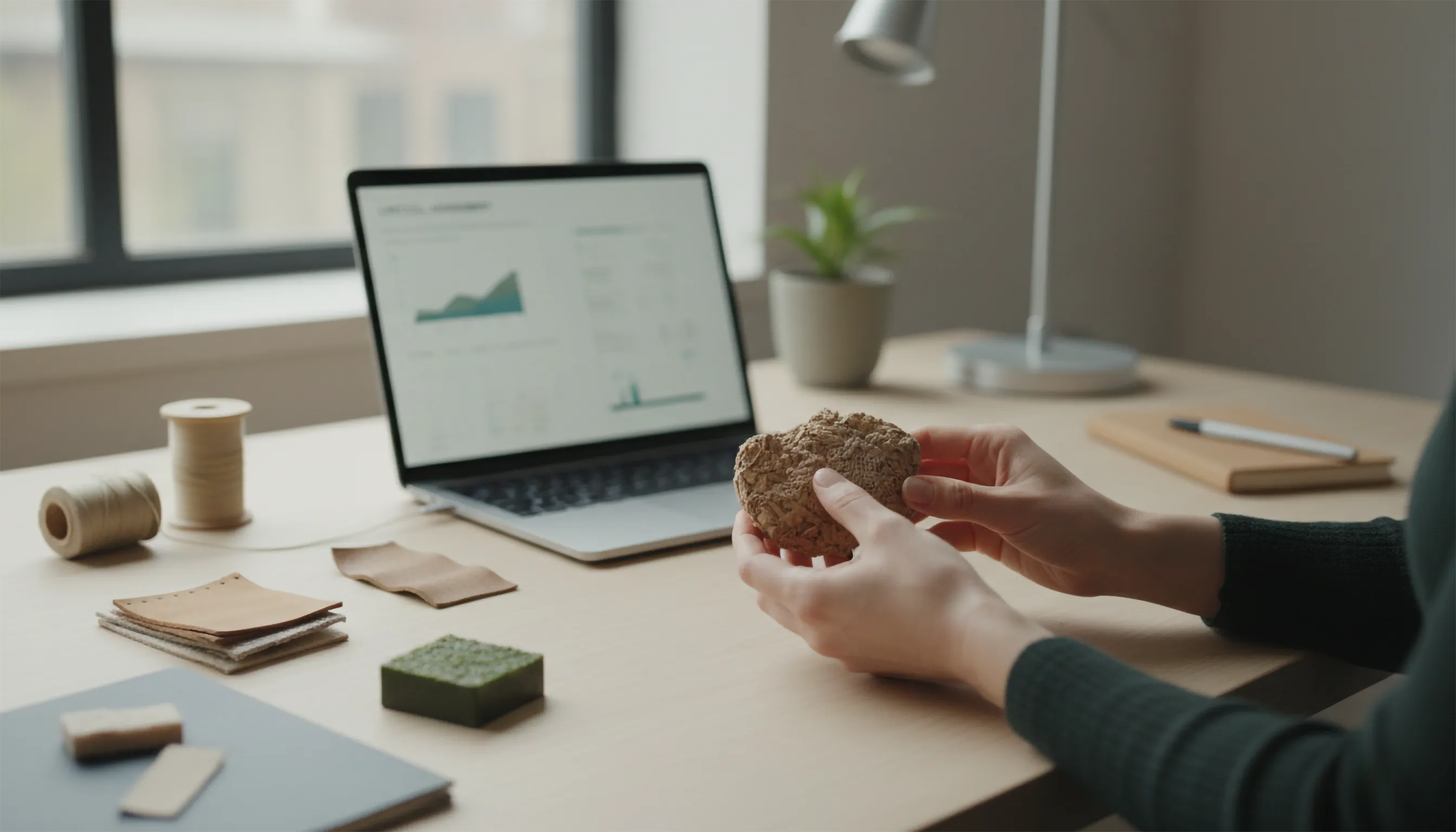
A Future Designed to Last
Sustainable product design asks us to rethink what we create and why. It’s not just a technical exercise; it’s a cultural one. It requires humility, acknowledging that every product has consequences, and imagination, envisioning better ways forward.
At its best, sustainable design reconnects us to purpose. It reminds us that design isn’t only about making things; it’s about shaping futures. And the most meaningful future is one in which people, planet, and prosperity thrive together.
Takeaway: Sustainable product design is more than an environmental trend. It’s a design philosophy for the 21st century, one that calls on us to create with care, think in systems, and design for a world that lasts.
We provide businesses with product design consultancy, industrial design, prototype design & related services.
.avif)


